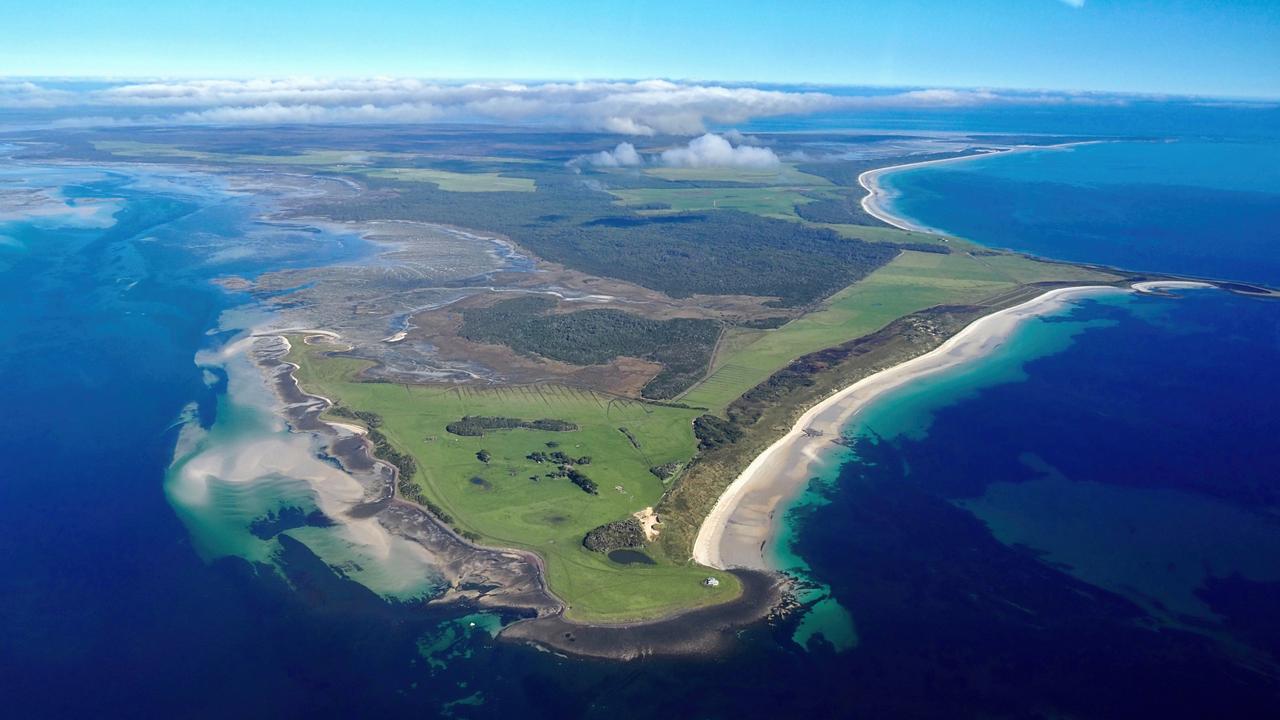Metro Tasmania passenger numbers increase just 0.9 per cent since introduction of half-price fares
The introduction of half-price public transport fares has resulted in a tiny increase in patronage on Metro buses but it’s a different story for the Derwent Ferry.
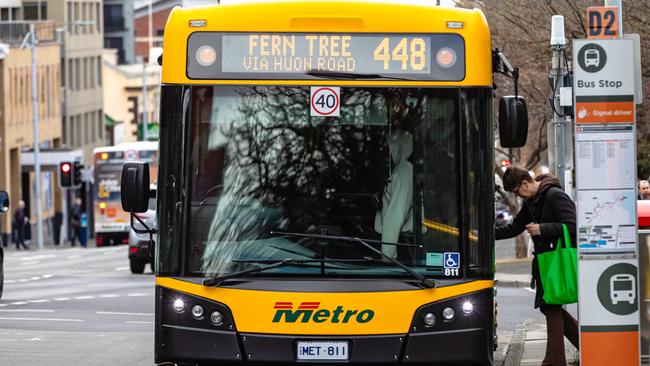
Tasmania
Don't miss out on the headlines from Tasmania. Followed categories will be added to My News.
The number of passengers using Metro buses has increased by just 0.9 per cent since June last year, indicating that the state government’s introduction of half-price fares has not meaningfully affected patronage of the service.
Uptake of the Derwent Ferry has soared, however, shooting up by 19.2 per cent over the period of June-December 2024.
The Liberals slashed public transport fares on June 1 last year to provide cost-of-living relief, encourage more Tasmanians to catch public transport, and help bust traffic congestion.
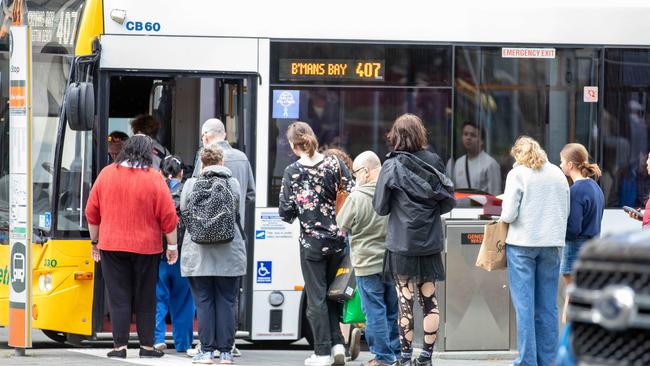
The measure will remain in place until June 30, 2025 and applies to Metro, Derwent Ferries, and private operators such as Tassielink, Kinetic, Manions’ Coaches, Calow’s Coaches, and Area Connect.
According to new figures obtained by the Mercury, the first seven months of half-price fares saw Metro Tasmania’s patronage rise by only 0.9 per cent statewide compared to the same period in 2023.
Passenger trips increased by merely 0.7 per cent in Hobart, while they went up by 1.2 per cent in Launceston and 4.1 per cent in Burnie.
In 2023, Metro temporarily scrapped 180 of its less frequented services in Greater Hobart amid a driver shortage and these are still yet to be restored.
While they may not have flocked to the buses, Hobartians appear to have been enticed by half-price ferry trips.
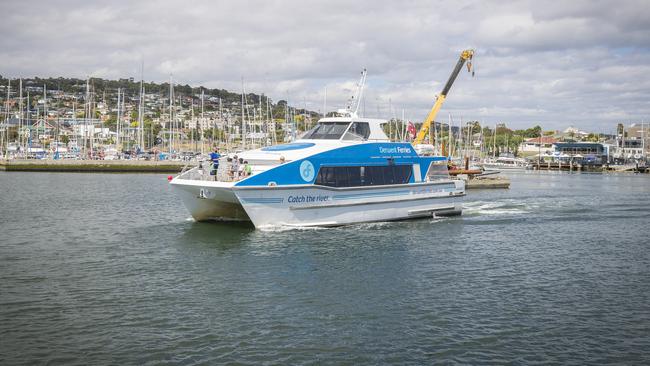
From June-December last year, there were 101,447 passenger trips made on the Derwent Ferry service, compared to 85,119 in the same period in 2023, amounting to a 19.2 per cent increase.
Steven Burgess, the director of urban design consulting firm Complete Streets, said the reduced fares were “not a bad idea” as a temporary measure but improving frequency and reliability of bus services was the real key to getting more cars off the road.
“The bus service is not regular enough, it’s not reliable enough, it doesn’t do what [everyone] wants it to do,” he said.
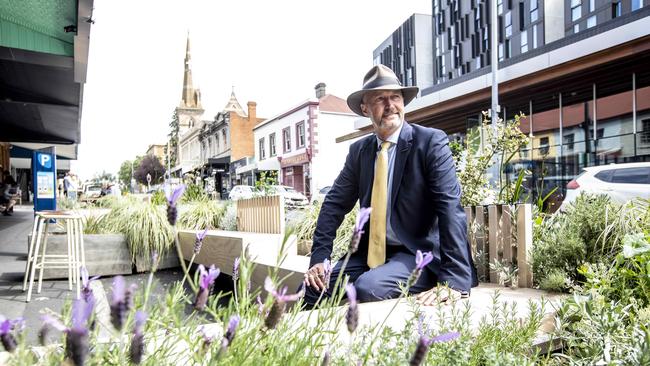
“So maybe the people who can afford it should still pay full fares and we can invest that money into getting the bus service to do what the community wants and then think about another way to give those people who can’t afford it better access to a bus service that’s more regular, that works better, has better frequency.”
Transport Minister Eric Abetz said the half-price fares were saving people about $17.50 per week, or $800 a year.
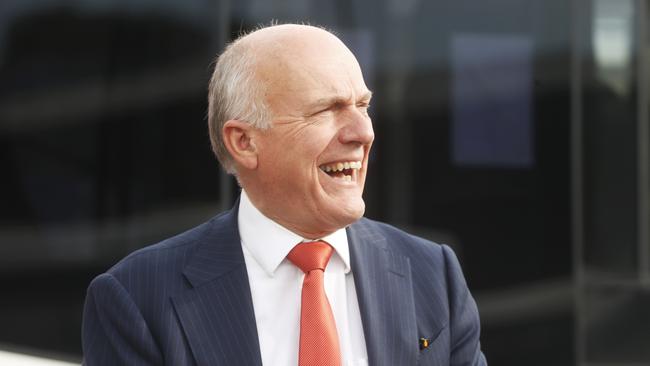
“While the primary purpose of this initiative has been cost-of-living [relief], we have also seen a strong uptick in ferry patronage – and Metro patronage has remained steady,” he said.
“This is positive but we would always like to see more Tasmanians utilising public transport and taking cars off our roads.”
Mr Abetz acknowledged that “certainty and reliability is paramount” for public transport users and said this was why the government had introduced real-time tracking of Metro buses and was working with the state-owned company to boost driver retention and recruitment.
More Coverage
Originally published as Metro Tasmania passenger numbers increase just 0.9 per cent since introduction of half-price fares





